“Are those pineapples?” asked my friend.
“Nope,” I replied (admiring the newest addition to my spring garden). “They’re actually called pineapple lilies.”
“Fragile, I expect.”
“Very,” I said. “They don’t tolerate frost at all. I’ve tried to start the bulbs for a few years now.”
“But it’s indoors in a pot. Have you tried growing it outdoors?”
“Not with any success,” I admitted. “The frost and cold winters are too much for this bulb.”
“You could bring it indoors during the winter.”
“But if I’m going to do that, I may as well just grow it indoors.”
My friend pondered my comments and the potted pineapple-looking plant sitting on my window ledge. “So, they’re really lilies?”
“Definitely. Bulb and all.”
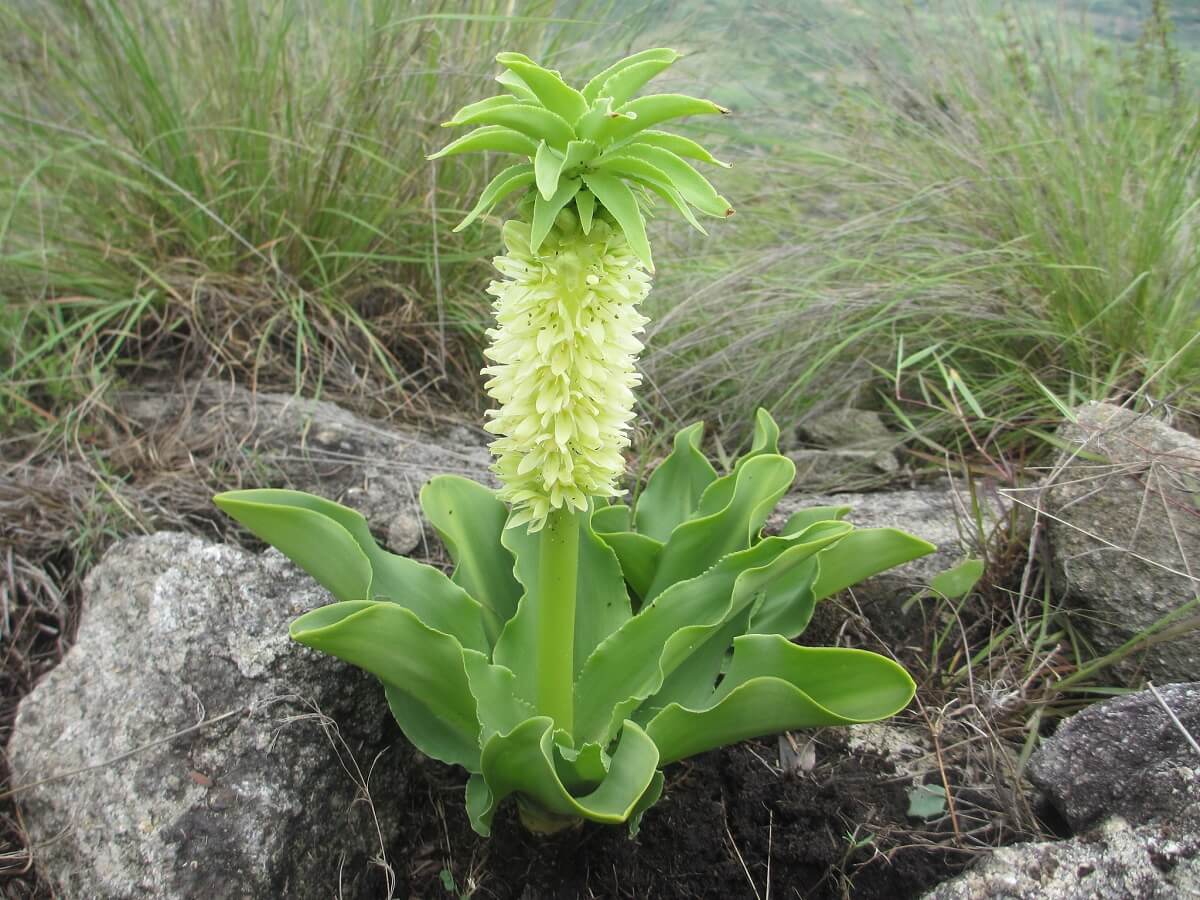
I’m always on the lookout for something new, something different, something a little unusual, and perhaps, even bizarre. So the pineapple lilies caught my attention. These lilies (from the eucomis family) are annuals — though in some rare occasions, they may be perennials — and they are extremely delicate when it comes to frost. Like me, they don’t enjoy the sudden plunge to sub-freezing temperatures.
Related Post: How To Care For Easter Lilies
They are small plants at 12 to 15 inches high — which makes them ideal for indoor potting. The flower heads, however, are large and that’s where the interest lies. It’s the green bracts on the heads that make the flower resemble pineapples.
Though a member of the lily family, pineapple lilies are related to asparagus. But, perhaps it’s not so surprising since asparagus is also part of the lily family, and its flower-tipped stem is also covered in green bracts.
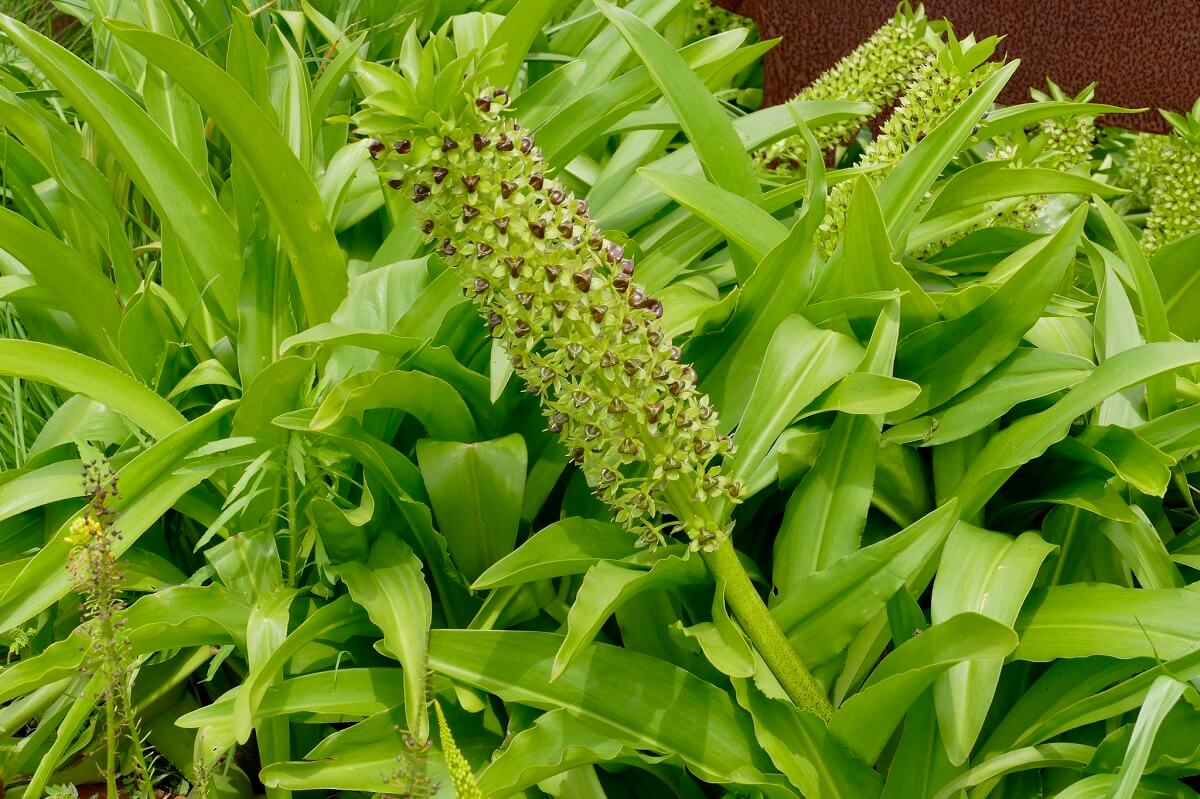
Like all lilies, pineapple lily grows from a bulb. It takes a couple of seasons for the bulb to mature from a rosette to the pineapple-shaped flowers that appear outdoors from July to August. In an indoor potted environment, the bulb may set its own seasonal appearance.
The flower tip is actually a conglomerate of clustered tiny flowers in a cone shape. Although the flowers are usually white, they may also be cream-colored or dusted with violet. The pointy, spear-like stem closely resembles its relative asparagus plant.
Although there are some hardy varieties, most suffer in temperatures below 20 degrees Celsius which my growing area has for a few short months of the year. However, this year was an anomaly. The seasons are definitely changing. With an earlier spring, I indulged the temptation to transplant one of my potted pineapple lilies outside and was rewarded with a unique addition to my front garden.
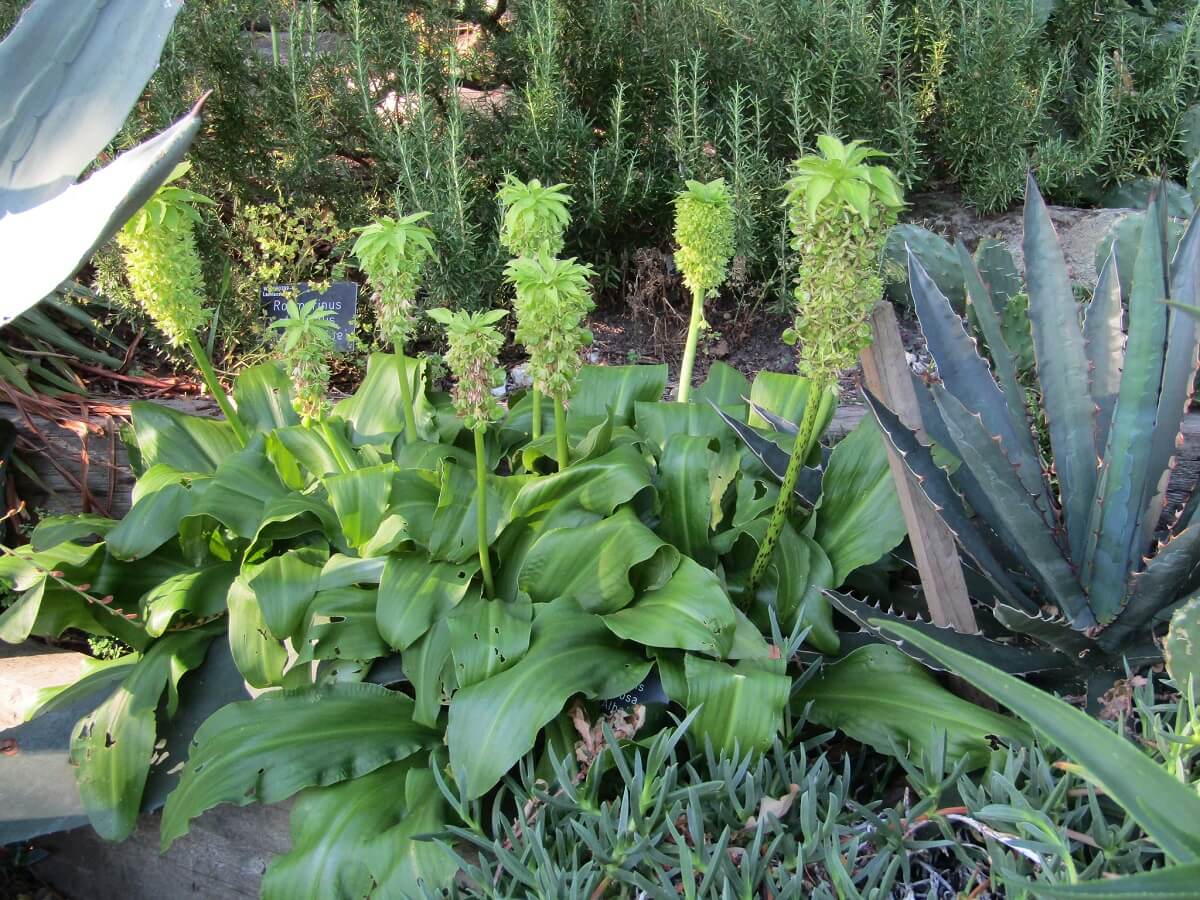
Satisfied and pleased, I decided to see how it survived my hot, drought-ridden summer. And it grew! Tall. The leaves branched out like an orchid. The flower stem can grow as much as 2 feet tall and is top-heavy when the flower blooms.
I will have to protect my pineapple lily come fall. Once the weather deteriorates to persistent frost and growing cold, I will dig up the bulbs, and either tuck them away in a paper bag (in a cool, dry place in the basement) or in a pot to add to my indoor collection and enjoy all winter long. It will certainly add a tropical vibe to my indoor garden space while the winter storms rage outside.
I was intrigued to learn more about this unique plant. While doing research on the pineapple lily, I discovered there were different varieties. There’s the Prunus autumnalis pineapple lily (like mine) which does well in large pots. Its decorative bloom and seed heads of white flower spikes topped with clusters of lime green leaves, is a prize-winning novelty.
Then there’s the Leia pineapple lily known for its striking dark burgundy-maroon buds that burst open into delicate pink flowers the color of raspberries. And the sparkling burgundy pineapple lily with its purple foliage and pink flowers.
There is no medicinal or culinary quality to this plant. The pineapple-like flower heads are not edible. This plant is purely a visual treasure, although it could be argued that medicinally, the pineapple lily is psychologically beneficial due to its unique qualities.
Then again, that can be said about most plants. Success growing anything is good for the soul.




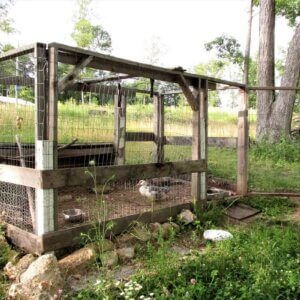
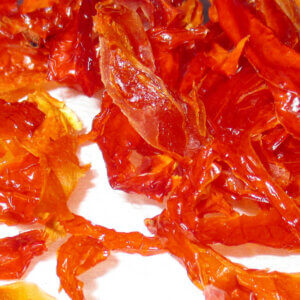
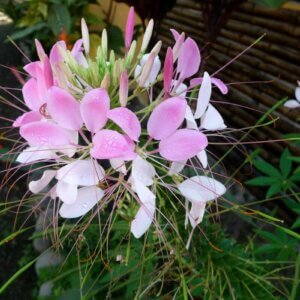


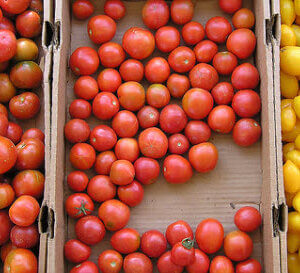
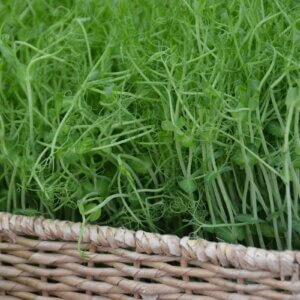




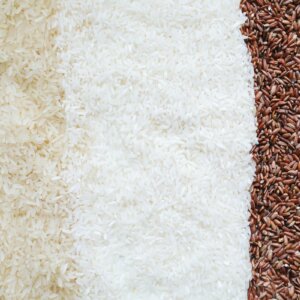

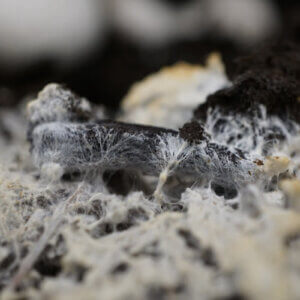
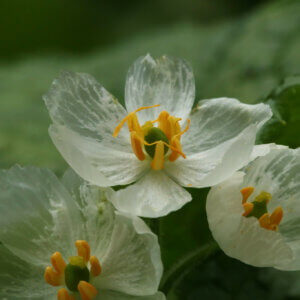


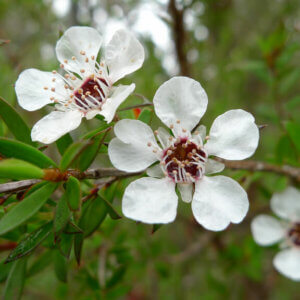
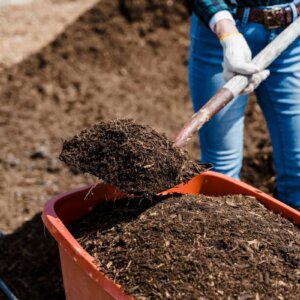

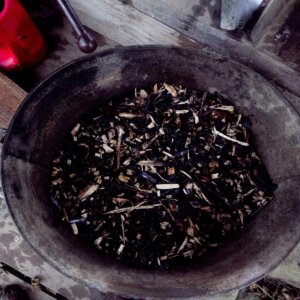






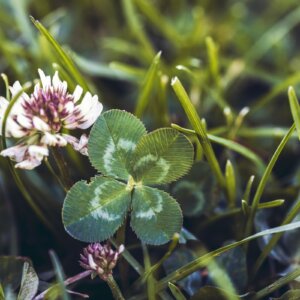
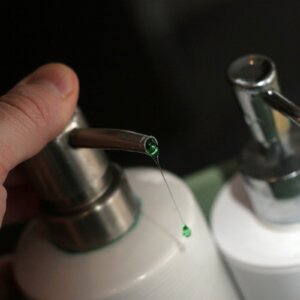
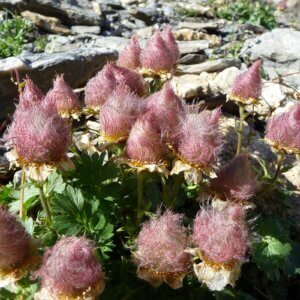




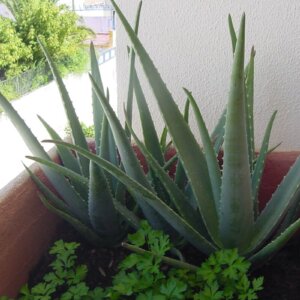
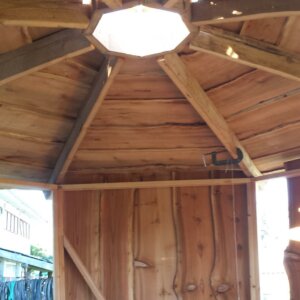

Leave a Reply